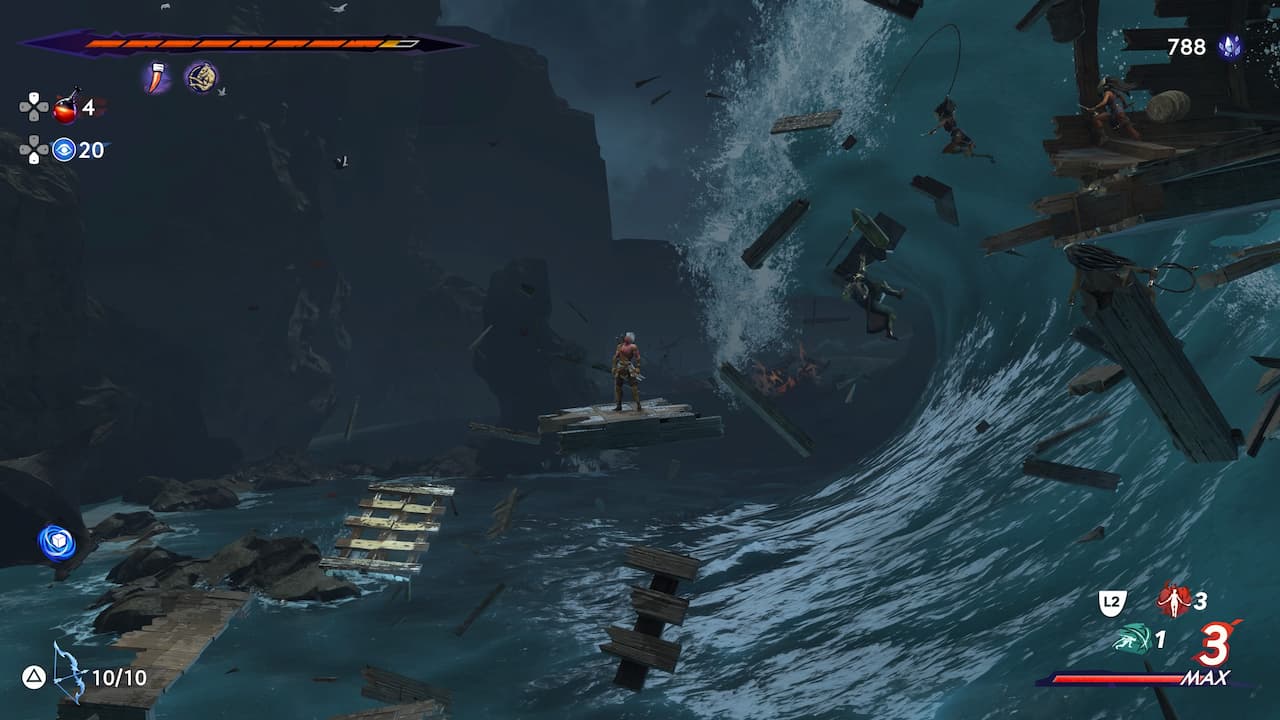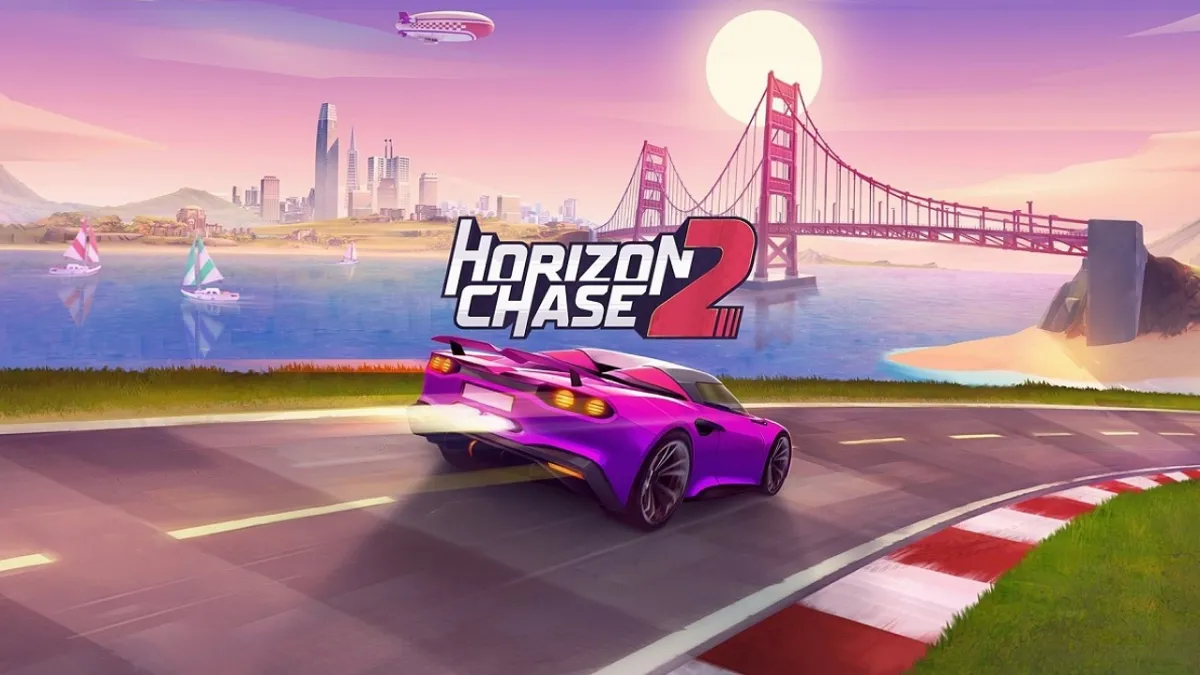One of my favorite video game series as a kid was Prince of Persia, specifically the 3D iterations such as Sands of Time and Warrior Within. I was skeptical when Ubisoft announced it would revive the long-lost franchise 14 years after the last main installment into a 2.5D side scroller, a formula similar to the older Prince of Persias of the 90s.
After getting my hands on the new Prince of Persia: The Lost Crown and playing through its 30-hour story, I can confidently say that I love Ubisoft’s direction here and genuinely hope we get a sequel with the same structure and format.
The latest installment of the hit franchise is an epic Metroidvania that contains all the bells and whistles to compete with the likes of Hollow Knight and Metroid Dread, some of the best in the genre, where it surpasses them in combat and world design. It’s that good. It makes sense why it’s so fantastic if you remember that the game is developed by the Montpellier division of Ubisoft, the team that created one of the best platformers ever made — Rayman Legends. The developers take all the platforming experience they have garnered from that legendary game and put it in The Lost Crown to create an adventure that is nothing short of amazing.
Story – A Charming Tale of Mystery and Deception

Prince of Persia: The Lost Crown puts you in the shoes of Sargon, a member of the elite group of warriors called the Immortals. The Immortal’s objective is to protect the kingdom of Persia through the orders of Queen Thomyris, which all seven members have been successful at due to their unique combat abilities. The majority of The Lost Crown’s plot focuses on one of the most crucial missions for the Immortals — rescuing the Prince of Persia, who has been kidnapped from the kingdom. This leads Sargon and the others to Mount Qaf, an unusual place where time doesn’t follow its natural flow.
Upon arrival at Mount Qaf, the Immortals split up to cover more ground, leading you (Sargon) on your own to start exploring Mount Qaf and uncovering all the mysteries the strange place entails. This is where your journey officially begins through an intricate, complex map that nails the Metroidvania style flawlessly. As you progress through the map, you’ll encounter your Immortal friends and side characters that push the story further, detailing the lore of Mount Qaf and throwing twists that you won’t see coming.

Overall, I was pleasantly surprised at how engaging it was to unravel the story of Prince of Persia: The Lost Crown. The actors voice the characters so well, each bringing their A-game, turning them to life, and adding a certain charm to the world you only see in side-scroller games. Don’t be fooled; this is a full-scale story, not an afterthought, and I think players will be pleasantly surprised to see so much passion has gone into the new chapter of the beloved series.
Combat – An Exhilarating Romp That Demands Quick Thinking

The combat in Prince of Persia: The Lost Crown has surprising depth and consists of two swords, a bow, Time Powers, and Athra Surges — each working together in perfect harmony. Athra Surges are unique abilities that can either heal you or deal significant damage, and you can have two equipped at a time. As you progress through the game, you’ll unlock more Athra Surges that you can mix and match to create a build that works for you, opening up plenty of possibilities for creativity. In other words, there is a good amount of freedom to customize your moveset, adding replayability and different types of playstyles.
Add on Time Powers, and you can pull off a whole array of combos in battles and boss encounters. For example, there is one particular boss that shoots a stream of fire out of its mouth, where you can use your “Shadow of the Simurgh” power to place a “shadow” of yourself before the line of fire and activate it to end up on the opposite side of the fire, saving you from taking any damage. This is just one of many examples you can execute in combat, making for intense encounters that require you to think on your feet. Each enemy has a distinct moveset, similar to a Soulslike, where you must learn their moveset or else you will meet your demise.

You can tell that each combat encounter is hand-crafted by the team at Ubisoft Montpellier, and no enemies are procedurally generated or randomly placed. You can tell this is true by how well each encounter works. There are always ways to outsmart the group of enemies with Time Powers, pull off insane combos, and activate an incredible-looking, short anime-style cutscene when you execute a “perfect parry” signaled by a bold yellow circle. All of the combat mechanics fit together so perfectly that you can’t help but be addicted to the fluidity of it all.
Platforming and Exploration – Metroidvania at its Finest

Speaking of fluidity, who would have thought Prince of Persia would work incredibly well in the Metroidvania format? I have played plenty of the heavy hitters in the genre, and yes, most of them are fantastic, but I simply had the most fun playing through The Lost Crown’s world design and map layout. The importance of backtracking and exploration is on full display, with every biome interconnecting so flawlessly, making you think that Ubisoft Montpellier has been creating games in this genre for years. But, no, this is the developer’s first attempt, and they have absolutely crushed it.
Prince of Persia: The Lost Crown includes a new idea for the genre and pushes it forward by adding the Memory Shards mechanic. Memory Shards is a brilliant addition that allows you to take an in-game screenshot of a location on the map, specifically for areas you can’t reach yet, allowing you to refer back to it when the time comes. This feature alone removes the tediousness of searching everywhere on the map to find where to go next, removing the frustration that Metroidvanias can sometimes create. Memory Shards are an innovation on the developer’s part, and I genuinely believe they should be a staple in the genre due to how helpful they are.

As you explore the labyrinthine halls of Mount Qaf, you’ll notice the latest Prince of Persia sticks to its roots by including top-notch platforming, similar to the older entries. While not all of it is incredibly difficult, you’ll find in the later half of the game that platforming sections get so complex that it may take your entire health bar, plus all of your potions, to make it on the other side and claim the reward. Platforming in The Lost Crown requires patience and precise timing, making it oh-so satisfying when you succeed.
Most of my platforming in Prince of Persia: The Lost Crown went like this: swinging between poles, inching through bladed walls, and teleporting to a box that disappears in a second. Oh, and now I have to wall jump four times afterward to make it to the ground floor. Oh wow, now the ground floor isn’t solid, and I have to solidify it by using my Clairvoyance time power to prevent me from falling to my death. Platforming begins to feel like a rhythm game, where your objective is to stay on beat. It becomes extremely challenging in the best way possible, truly rewarding you for your quick reflexes and choreographed button inputs.
Verdict
Prince of Persia: The Lost Crown is a superb Metroidvania that reignites the franchise in exciting ways and only gets better the longer you play it. Meticulously crafted platforming mixed with exhilarating combat makes for a game that is nearly impossible to put down. Outside of the pure fun the game brings, there’s also an engaging story and well-voice-acted characters that add to the experience, making Mount Qaf feel more alive.
As a massive fan of the long-lost series, I originally wanted a full-scale 3D entry similar to the hits we got back in the 2000s. After playing through the newest installment, I’d like to backtrack that statement. I not only love the direction Ubisoft took here but also admittedly believe this should be the future of the series. Credit where credit is due: Prince of Persia: The Lost Crown is Ubisoft’s best game in years.








